Penang property market to rebound amid lingering challenges
`
THE Penang property market, which had actually started seeing a rebound in transactions since last year, is expected to resume its recovery path into 2022.
`
CBRE|WTW director Peh Seng Yee says the Penang property market can expect a “rebound amid lingering challenges” this year.
`
“We do expect a recovery in market activity for 2022. Prices of landed properties will continue to remain resilient.
`
“For the high-rise sub-sector, it will continue to be a buyers market,” he says at the launch of CBRE|WTW’s 2022 Market Outlook Report, recently.
`
Peh adds that future launches will generally comprise self-sustained developments that will be on a smaller scale, while at the same time fulfilling the demand for affordable units.
`
Knight Frank Penang executive director Mark Saw also says the residential sub-sector in Penang has improved, posting higher volume and value of property transactions as of the third quarter of 2021.
`
Prop chtProp cht
`
“The Penang state government’s commitment to increase home ownership with plans for a range of affordable homes in various strategic locations, extension of the Penang Home Ownership Campaign until June 2022 and enforcement of mandatory installation of fibre optic telecommunication infrastructure for all new developments, will spur the state’s residential property market.”
`

`
In terms of challenges, Peh says scarcity of sizeable land in Penang will still continue to pose development constraints.
`
“Additionally, the prolonging effects of the pandemic, especially with the new Omicron variant, could result in cautious spending and a wait-and-see approach.
`
“Stringent lending guidelines and concerns over job security could also potentially derail the market,” says Peh.
`
On the outlook of the Penang office market, Peh says the segment is expected to remain healthy this year, with stable rentals and occupancy rates.
`
“The prospects of co-working spaces still remain encouraging,” he says.
`
As for Penang’s retail sub-sector, Peh says the removal of movement restrictions since last year has been a boost to this sector.
`
“We see normalisation amid ‘freedom euphoria’. However, we expect rentals to be flattish and a widening gap between the newer and older shopper complexes.”
`
As for Penang’s hotel sub-sector, Peh says this segment is set for a steady recovery if the pandemic is significantly contained.
`
“The segment can be spurred further by travel bubbles and other government initiatives.
`
“We also see pent-up demand for medical tourism and intensifying market competition for the hotel sub-sector.”
`
Meanwhile, Knight Frank Malaysia in its real Estate Highlights for the second half of 2021, says the Penang residential market is expected to pick up this year, supported by a series of measures announced under various stimulus packages and Budget 2022.
`
“This will encourage people from various income levels to purchase their dream homes. The overhang of high-rise residential properties, especially in the category of condominiums and apartments, has also been growing.”
`
With limited new supply of purpose-built offices in the state (existing and future), Knight Frank says the occupancies and rental rates for better grade purpose-built office buildings are expected to hold steady.
`
“Meanwhile, with the growing work-from-home trend, some business premises have been converted into co-working space.”
`
Knight Frank noted that the country’s vaccination rate has continued to improve and with further easing of restrictions, the retail segment is expected to slowly recover.
`
“Selected retailers are expected to embrace the rise of eCommerce as they head down the path of recovery.”
`
It adds that Penang’s industrial segment has continued to remain strong and steady throughout the pandemic.
`
“This is especially with the Penang state government’s commitment to expand another two industrial parks in Batu Kawan, with focus on the logistics industry and the remaining phases for mixed industries.
`
“This industrial park is set to continue its history of the successful Bayan Lepas Industrial Park.”
`
Meanwhile, CBRE|WTW in its 2022 Market Outlook Report says property transaction activities in Penang increased for the period of January to September 2021.
“A total of 11,981 properties valued at RM7.23bil were transacted, reflecting 13.9% and 33.9% increase in volume and value, respectively, year-on-year.
`
“As more businesses are allowed to operate, the Penang property market has generally rebounded.”
`
CBRE|WTW is optimistic that the rebound will extend into this year.
`
“However, the rebound would be gradual as the pandemic lingers on, along with a sluggish economy and higher cost of living.”
`
CBRE|WTW also expects to see more bargain hunting for residential units this year.
`
“The overhang remains a concern. Prospective purchasers can negotiate for more discounts in addition to the incentives offered,” it says.
`
According to the National Property Information Centre (Napic), there were 30,290 unsold completed residential units (overhang) worth RM19.75bil as at September 2021, compared with 30,926 units worth RM19.99bil in the previous corresponding period.
`
Of the 30,290 overhang units, 18,829 units (or 62.2%) comprised high-rise units, while 6,803 units (22.5%) consisted of terrace houses.
`
The bulk of the overhang units were focused mainly in Johor (6,441 units), Penang (4,638 units), Kuala Lumpur (3,863 units) and Selangor (3,376 units).
`
Napic says 33.7% of the overhang properties consisted of units ranging between RM500,000 and RM1mil, while 28.4% comprised units ranging between RM300,000 and RM500,000.
`
Units below RM300,000 comprised 25.5% of the total overhang, while units above RM1mil (12.4%) consisted of the remaining unsold units during the period under review.
`
Knight Frank concurs that the overall property overhang status continues to remain elevated, especially in the high-rise residential segment.
`
“The performance of the residential sub-sector is improving gradually, registering higher volume and value of property transactions as of the third quarter of 2021,” it says.
Source link
`
Related posts:
All steady on the home front in Penang residential properties

Penang's lively market
Many estate agents and developers generating interests in primary and secondary markets

Good time to invest in property now

Landed residential properties much sought after with resilent demand, Market insights
Penang property prices move sideways in Q1 2016
When will the property market pick up?

Penang Star Property Fair at Queensbay Mall 2016
Developers all smiles with results

China buyers eyeing Penang property in growing tourism
Young adults in developed countries rent, we buy houses for good
Singaporeans on buying sprees for Penang prewar houses; Residents see red

Better to buy a car or a house first?
Flat property market seen for Penang










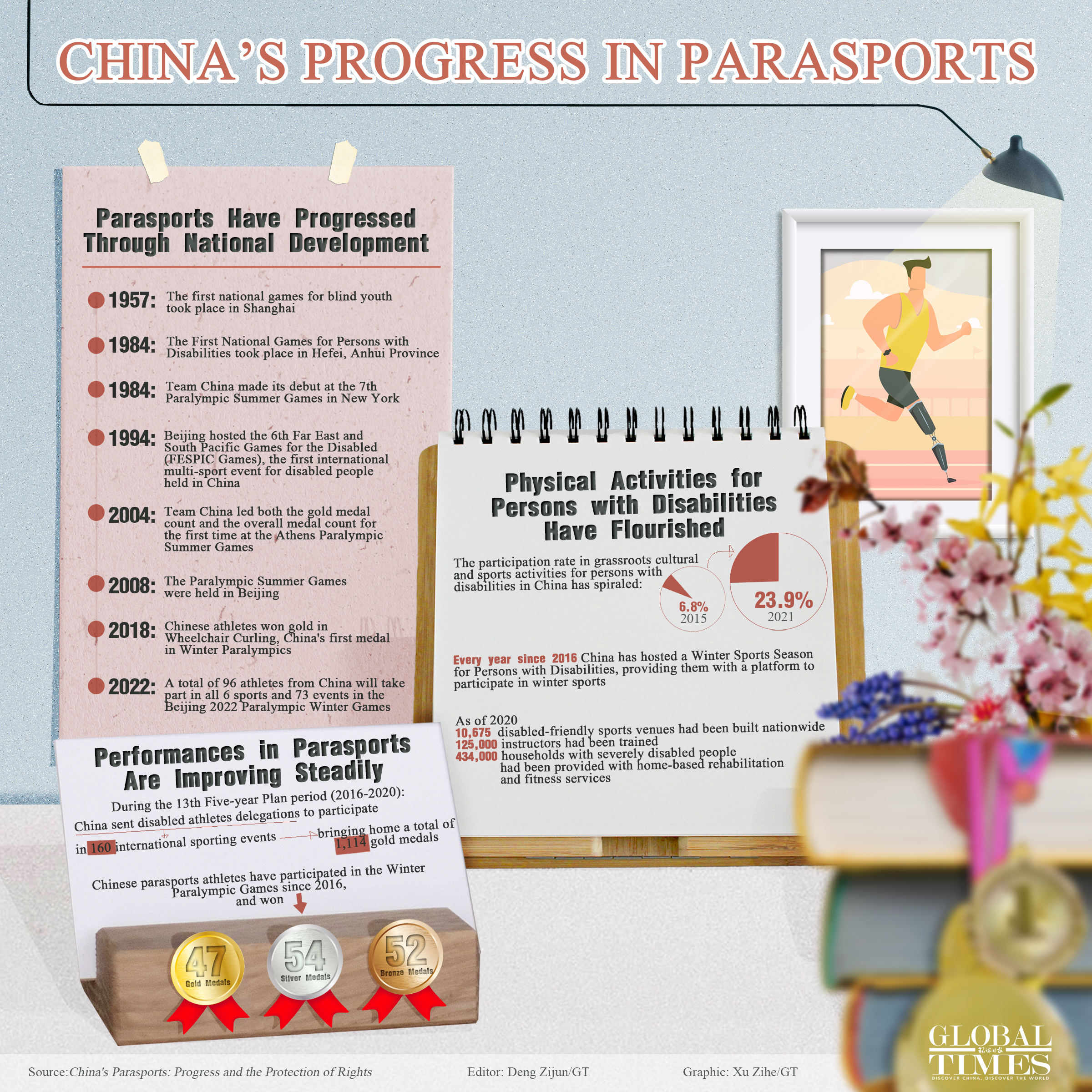

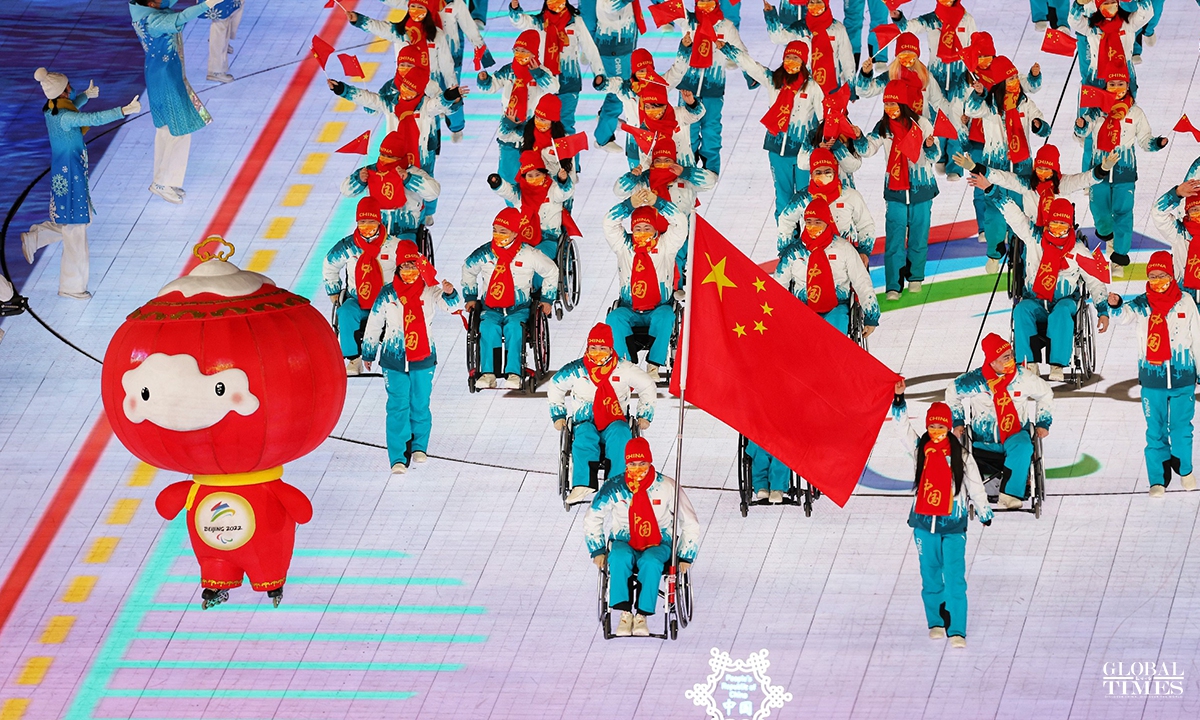
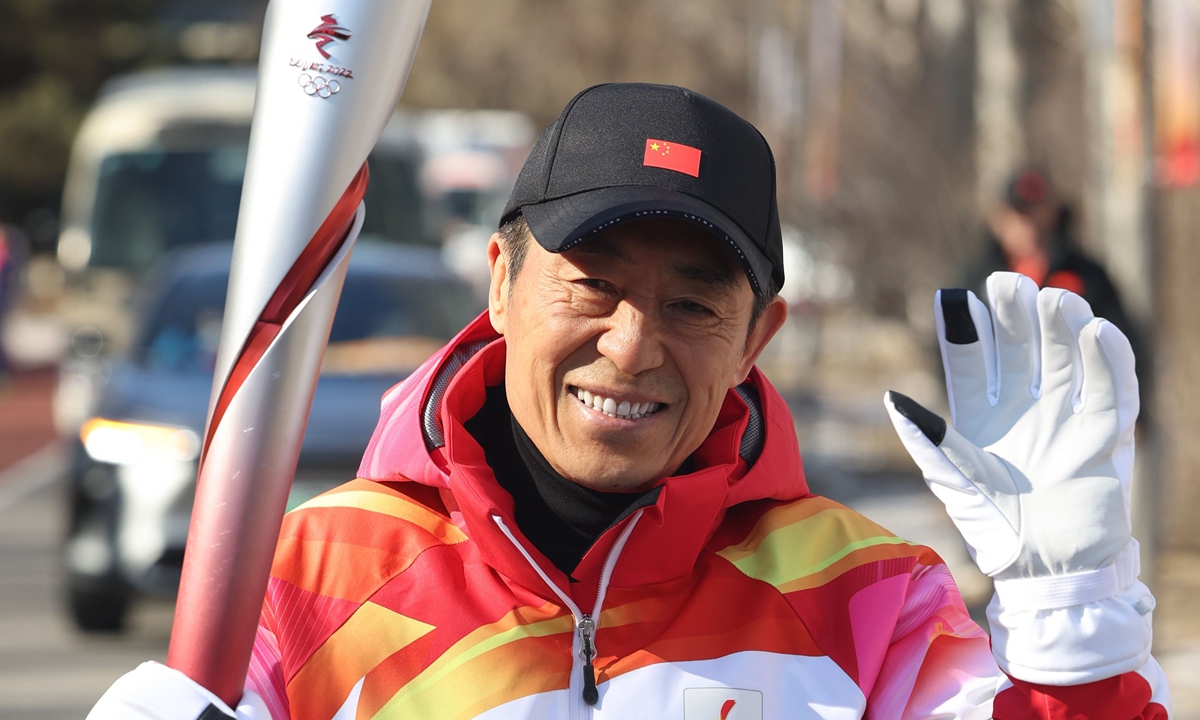
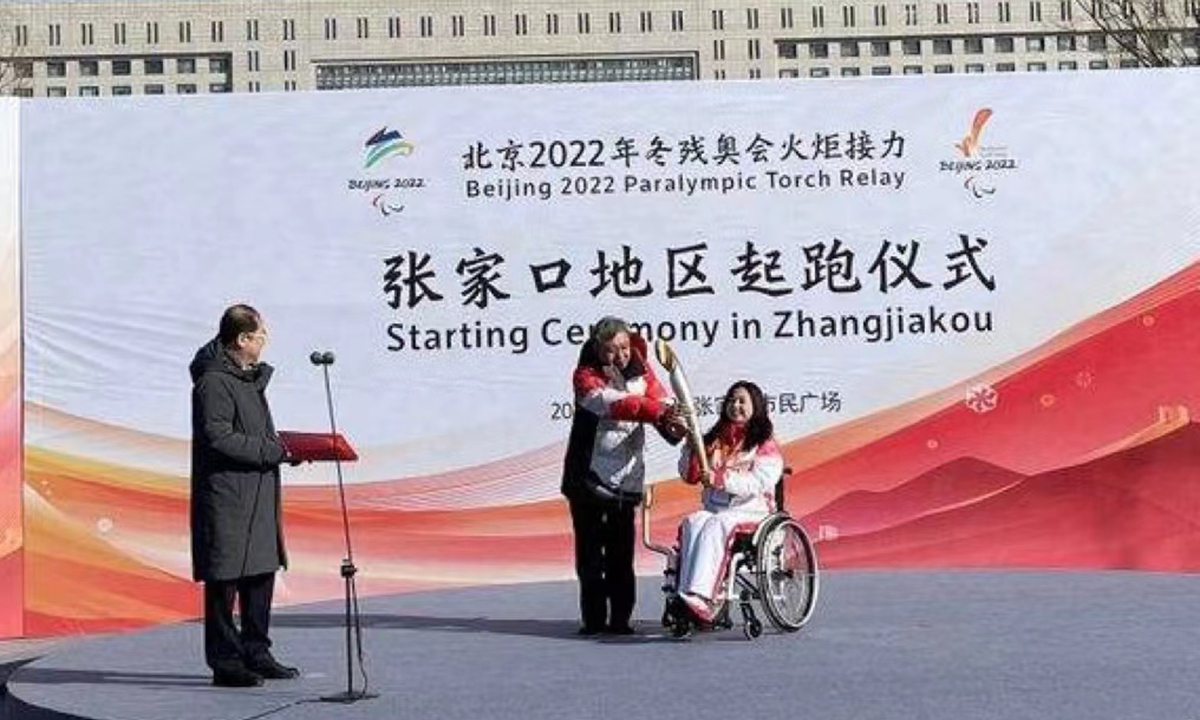

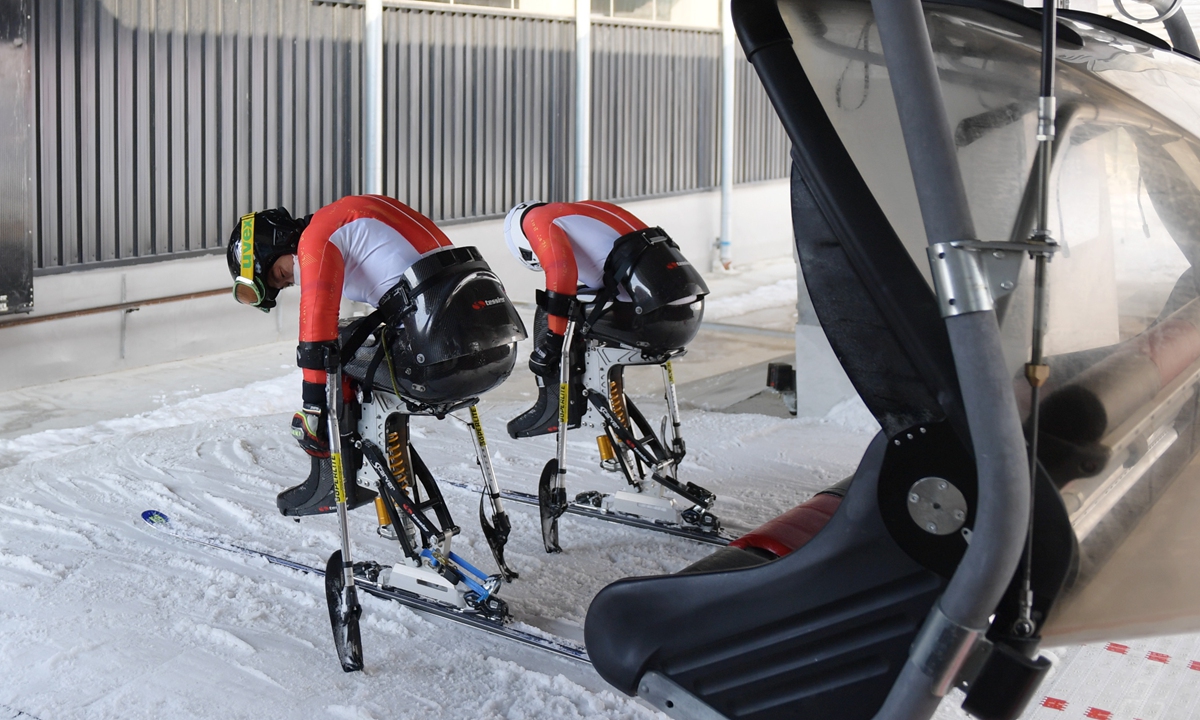


 Black smoke rises from a military airport in Chuguyev near Kharkiv on February 24, 2022, after Russian President Vladimir Putin announced a military operation in Ukraine. Photo: VCG
Black smoke rises from a military airport in Chuguyev near Kharkiv on February 24, 2022, after Russian President Vladimir Putin announced a military operation in Ukraine. Photo: VCG 






